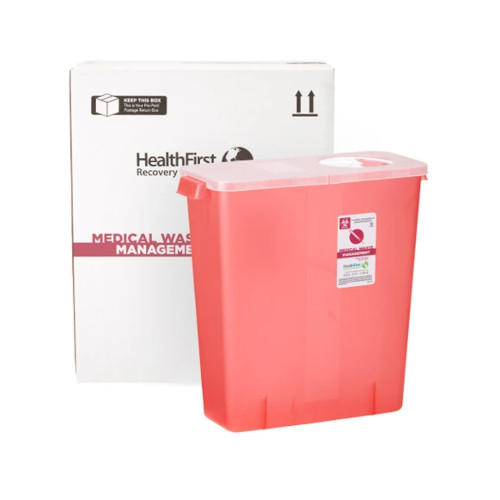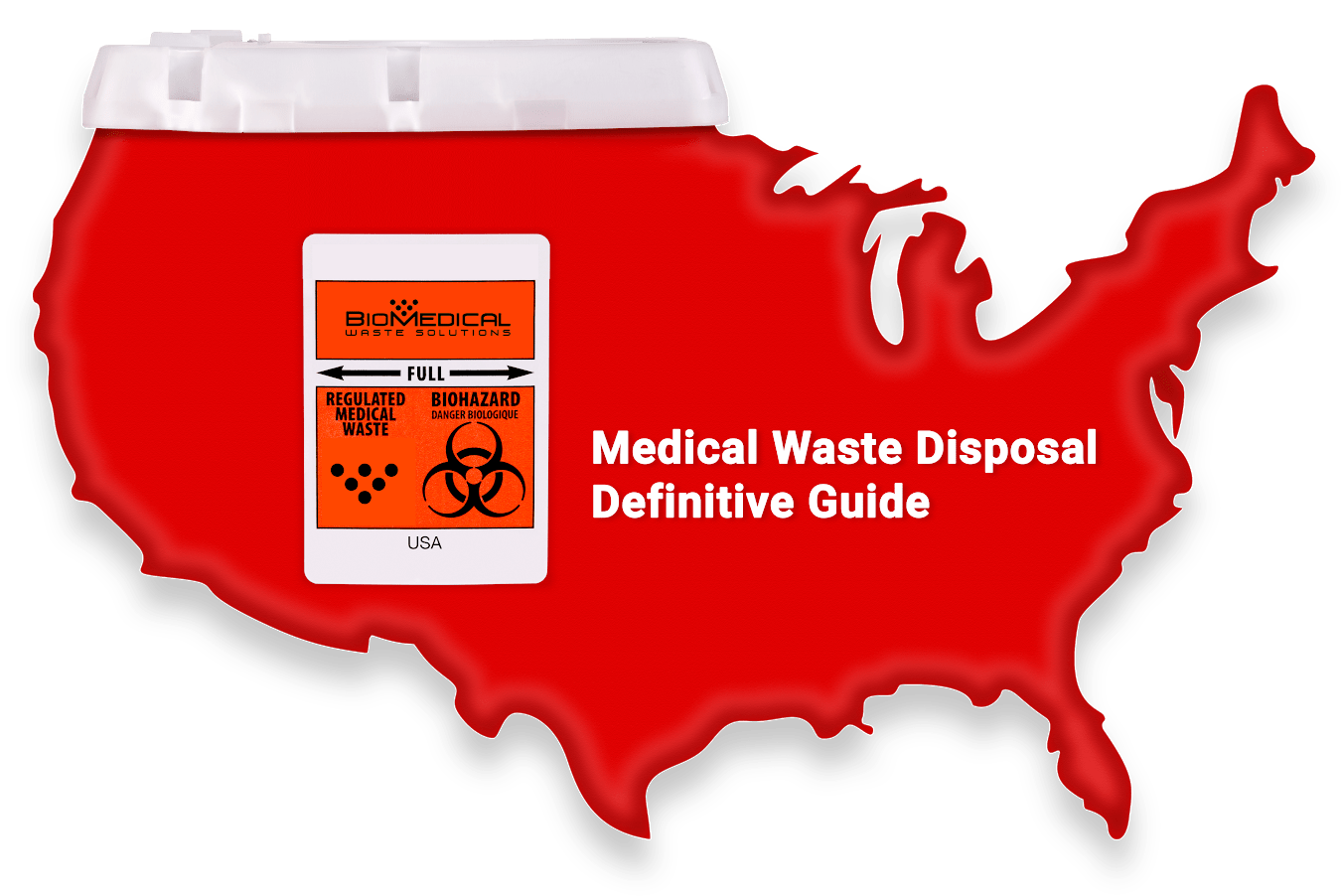Exploring Various Garbage Disposal Options for a Cleanser Setting
In the pursuit of a cleaner environment, the management of waste disposal has become an important centerpiece for lasting advancement. With a wide variety of garbage disposal choices offered, varying from conventional land fill techniques to ingenious waste-to-energy modern technologies, the option of just how we handle our waste has significant implications for our planet's well-being. By examining the different methods and methods utilized in recycling, composting, incineration, landfill administration, and waste-to-energy processes, a deeper understanding of their influences and efficiency can be acquired. The quest for optimum garbage disposal approaches that focus on ecological preservation while meeting the demands of an expanding population continues to be a pressing concern in today's world.
Recycling Methods
Executing efficient recycling approaches is critical in reducing waste and promoting sustainability in our setting. Recycling includes the procedure of converting waste materials right into recyclable challenge avoid unnecessary disposal. One of one of the most common recycling techniques is worldly recovery, where materials like paper, metal, glass, and plastic are gathered, arranged, and processed to produce brand-new products. This procedure not only saves all-natural sources but additionally minimizes energy usage and greenhouse gas exhausts associated with generating new products from the ground up.
One more essential recycling method is composting, which entails decomposing organic waste like food scraps and yard trimmings right into nutrient-rich dirt. By integrating these various recycling methods right into our waste administration methods, we can considerably reduce our environmental impact and move towards an extra sustainable future.

Composting Techniques
Reliable waste administration practices, such as recycling approaches, pave the method for a cleaner environment, and currently, shifting the focus to 'Composting Techniques', we check out lasting ways to decompose natural waste for ecological advantage. medical waste removal.
Composting is an all-natural process that changes organic waste, like food scraps and lawn trimmings, right into a nutrient-rich dirt modification. The key to successful composting depends on developing the right equilibrium of green materials, such as vegetables and fruit scraps, and brownish products, like dried out branches and fallen leaves. These products decay with the aid of microorganisms, damaging down the waste right into beneficial garden compost.
There are various composting methods readily available to suit different needs. Conventional backyard composting includes layering natural products in a container or stack and routinely turning the blend to freshen it. Vermicomposting, on the various other hand, utilizes worms to break down organic matter right into garden compost (click here). For those with limited space, indoor composting systems provide a practical service. By making use of composting strategies, we can reduce the amount of waste sent out to landfills while creating a useful product for enhancing dirt and supporting plant growth.
Incineration Pros and Cons
Incineration, as a waste disposal method, provides both advantages and downsides that warrant careful factor to consider in the world of sustainable waste administration techniques. On the positive side, incineration can substantially decrease the quantity of waste, minimizing the requirement for garbage dump room and possibly reducing greenhouse gas discharges.
However, there are noteworthy downsides to incineration. One significant concern is the possible launch of damaging contaminants right into the air, such as dioxins, hefty metals, and particle issue, which can have damaging effects on human health and the atmosphere. Furthermore, the high first financial investment and functional prices of incineration facilities position financial difficulties, making it a much less cost-efficient alternative contrasted to various other waste management techniques. Cautious tracking and law are vital to reduce these negative impacts and make best use of the advantages of incineration as component of a thorough waste monitoring strategy.
Landfill Monitoring Approaches
Landfills play a crucial function in waste monitoring and ecological preservation by supplying a containment system for the disposal of strong waste materials. Efficient landfill administration techniques are essential to reduce environmental influences and ensure the long-lasting sustainability of these garbage disposal sites. One essential method is appropriate waste compaction to make best use of using readily available room within the landfill (click here). By condensing the waste, the volume is minimized, enabling even more waste to be suited with time.
Furthermore, the execution of day-to-day cover techniques is vital in reducing odors, Extra resources protecting against clutter, and decreasing the destination of pests. Covering the disposed waste at the end of daily aids to have odors and prevent possible ecological contamination. Furthermore, the surveillance of garbage dump gas discharges and leachate degrees is important in making certain that environmental standards are satisfied and that any kind of prospective risks to bordering environments are minimized.

Waste-to-Energy Technologies
One of the ingenious techniques to throw away monitoring involves harnessing Waste-to-Energy technologies to convert solid waste into usable energy sources. Waste-to-Energy (WtE) technologies encompass a variety of processes that aim to remove power from waste materials through thermal, chemical, or organic methods. This conversion procedure not just minimizes the quantity of waste that finishes up in land fills yet likewise creates important energy sources such as electrical energy, warmth, or biofuels.
Incineration includes melting waste at high temperature levels to generate warm and electrical power. Gasification converts waste into a syngas, which can be made use of for power generation or chemical production.
Implementing Waste-to-Energy innovations can help minimize ecological problems related to standard waste disposal approaches while at the same time supplying a renewable resource source. Cautious factor to consider should be provided to exhausts control and guaranteeing the sustainability of feedstock products for these modern technologies to be genuinely valuable for a cleaner atmosphere.

Final Thought
Finally, exploring numerous waste disposal alternatives such as recycling, composting, incineration, landfill management, and waste-to-energy innovations is necessary for advertising a cleaner setting - click here. Each approach has its own advantages and obstacles, but by using a combination of these strategies, we can work towards decreasing the amount of waste that winds up in land fills and inevitably add to a more sustainable future for generations to come
With a multitude of waste disposal choices readily available, varying from typical garbage dump methods to cutting-edge waste-to-energy technologies, the choice of how we handle our waste has significant ramifications for our world's wellness. medical waste removal service.Incineration, as a waste disposal method, presents both advantages and disadvantages that merit careful consideration in the realm of sustainable waste management practices.Landfills play an essential role in waste management and environmental preservation by giving a control system for the disposal of solid waste materials. By compacting the waste, the quantity is lowered, permitting for more waste to be accommodated over time
One of the innovative approaches to waste monitoring includes taking advantage of Waste-to-Energy modern technologies to convert solid waste right into functional energy sources.